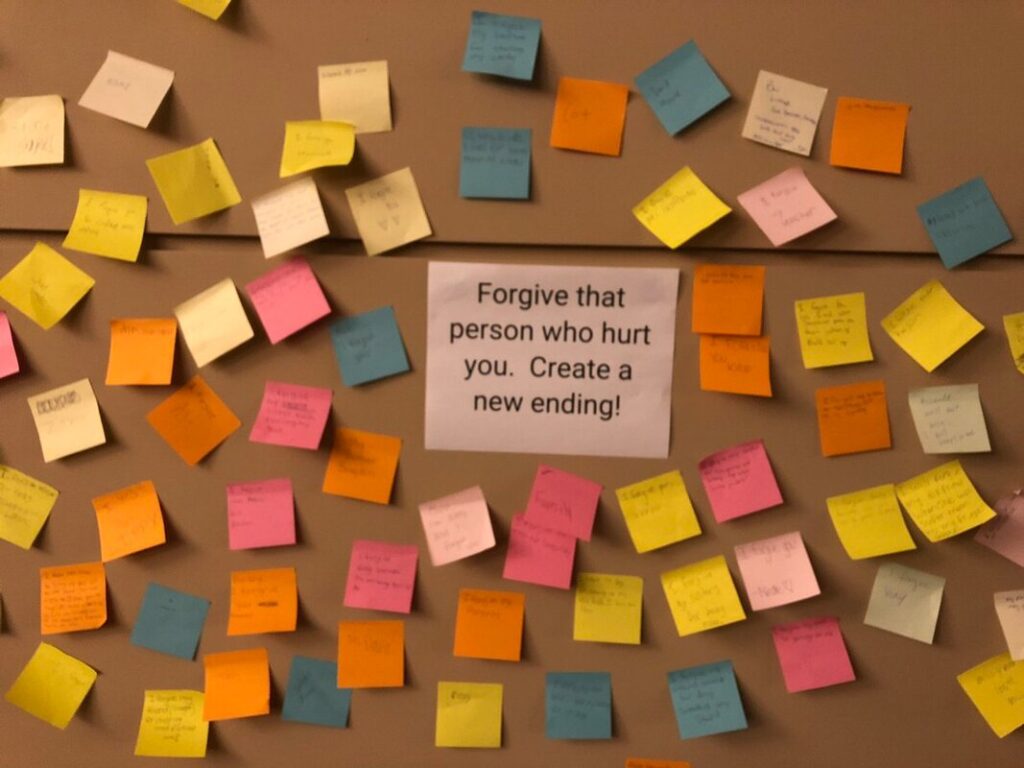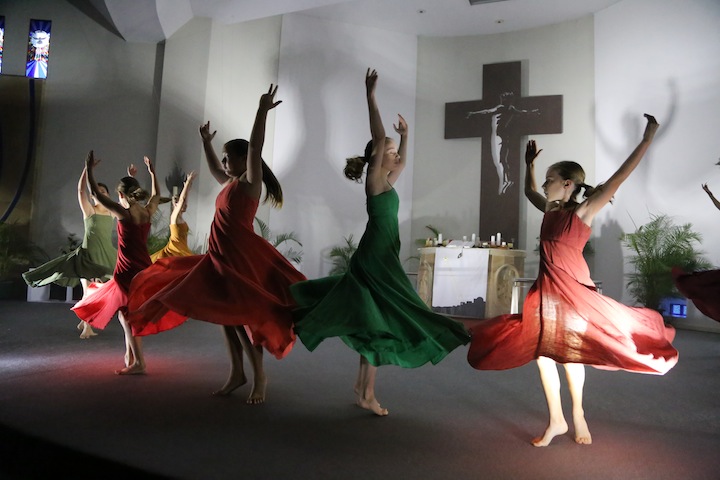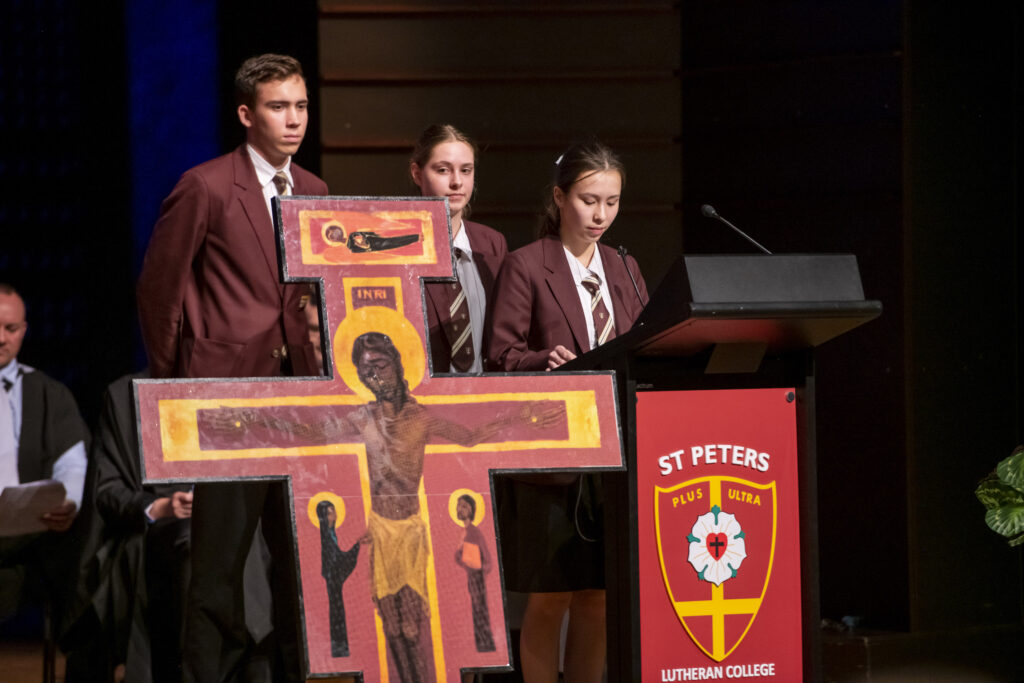Creative Worship Ideas
You may wish to offer a variety of worship styles in a term,
to keep worship fresh. While the style of the worship time might look different, the core elements (invocation, hearing the Word of God, prayer and blessing) and the purpose of worship (listening to God and responding to him with prayer
and thanksgiving) should remain the same.

Interactive Worship Ideas
You could involve students, staff and families in worship more actively by including moments to interact with each other and contribute to the service.
Some ways to do this:
- show a stimulus image or video and then ask the person next to them a wondering question. For example, if the service was based on Noah’s Ark, you could show a video or image of torrential rain, and the get people to share with each other how they feel when it’s been raining for days on end.
- have a ‘roving mike’ – task a student to run around with a microphone so people can answer questions.
- Put out a survey before the service asking one or two questions related to the week’s theme, and then share the results during worship.
- If technology and school policy permits, have students participate in a quiz on their devices using an app like ‘Kahoot’, or contribute to a word cloud. Show the answers/final product on screen.

Music-Focused Worship
Once a term, you may like to have a music-focused worship, using a simplified format with a key focus on praising God through singing and dancing. This is a great option for the end of terms when everyone is tired and the timetable is under pressure.
Example

Worship Stations
Depending on your worship space, you may like to set up some small stations around the space where students can break into small groups or move as they wish through a number of small, quick activities connected to the theme. In this style of worship, you would most often begin the service as usual with the invocation and readings, and then break off to complete activities for 5-10 minutes before coming back together for a final reflection and blessing.
Aternatively, run the worship time as usual, but finish a little early and ask students to complete an activity on their way out. This would work well for a collaborative artwork (such as adding leaves with a name or prayer to a tree) or a prayer or blessings wall.
Example
Worship Stations – Chaplain Kirstin’s Blog (wordpress.com)
Blessing wall http://vcckids.blogspot.com/2013/11/worship-response-station-wall-of.html


Engaging and telling the story
Video messages and provocations
An interesting way to begin a service or provide a ‘hook’ to engage students; interest might be through a well-chosen video which catches the students’ attention. gets them thinking and sets them up to make connections to the Bible reading/s. While these can be from online sources, videos made within the school can be very effective.- ‘vox pop’ videos where a range of students answer a stimulus/wondering question
- pre-recorded creative retelling of the story or a skit by students
- a recorded message or thought-starter by school pastor/chaplain
Examples
Drama
A skit, reader’s theatre or reenactment of the Bible story can be a great way to explore the main messages of the text. Special occasions like Easter, Christmas and Grandfriends’ Day are great opportunities to add some drama and involve a lot of students.Examples
Art and Visual Displays
The possibilities are endless for creativity in the sacred space. For lots of ideas for decorating worship areas, go to the Sacred Spaces page.
In addition, consider:
- creating a display at the front of the stage/altar area connected to the theme of the day.
- creating an impact as people enter the space – a display of student artwork on the theme or installations of props or other visual elements to set the scene and provoke curiosity. For example, for a worship service based on Jesus calling the disciples, you could have a pile of fishing net and sinkers, or baskets of paper fish arranged near the entrance.
- creating a PPT of student-created images which is shown during the reading, or as a music lyric video.
- Include seasonal decorations in your worship space. These could range from altar and lectern paraments (special decorative cloths), floral art, a decorated cross, or symbols related to the season. Involve students in designing, making and/or installing these elements.
Resources
The LCA Visual Arts website has many images of visual worship elements for each season.

